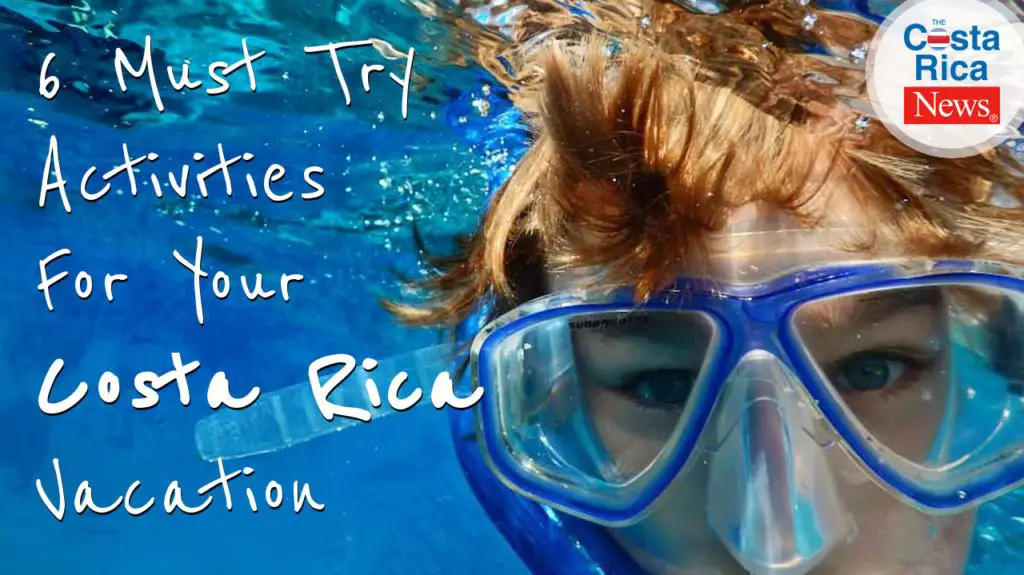After the successful result of the 1st artificial reef installed in Guanacaste, the Costa Rican Electricity Institute (ICE) projects, in the medium term, the construction of a megastructure through a framework agreement with the Costa Rican Institute of Ports of the Pacific (INCOP), and the Institute Costa Rican Fisheries and Aquaculture (INCOPESCA).
The objective of the alliance is to expand the project that in 2016 installed an artificial reef -consisting of 312 pieces- in Playa Hermosa, Guanacaste. The initiative allowed the sustainable disposal of porcelain insulators that ended their useful life in the national electricity grid.
According to the proposal presented by ICE, INCOPESCA -as rector- would choose the site to house the reef, in the Central Pacific. For its part, the INCOP would move the structures with their boats to the point of immersion. The Institute would execute the technical direction and the development of the structure, as well as the installation with divers who work in their reservoirs.

The proposed mega-structure has a circular design and will be integrated by about 8,000 insulators. This model brings the novelty of combining, in the same construction, several modular spaces to host the different species of fish that inhabit this region of the country.
“With the experience in Guanacaste we can see that the artificial reef means a progressive improvement in the recovery of the marine ecosystem, since it fosters the development of a functional dynamic between algae, corals and fish. The structure of Playa Hermosa has been colonized and today it is the home of many species”, said Walter Arias, of ICE’s Distribution and Commercialization business.
These structures favor the recovery of degraded sites while protecting the natural reefs. Its presence benefits artisanal fishing increase local tourism and promotes the creation of didactic spaces for the protection of marine resources.

